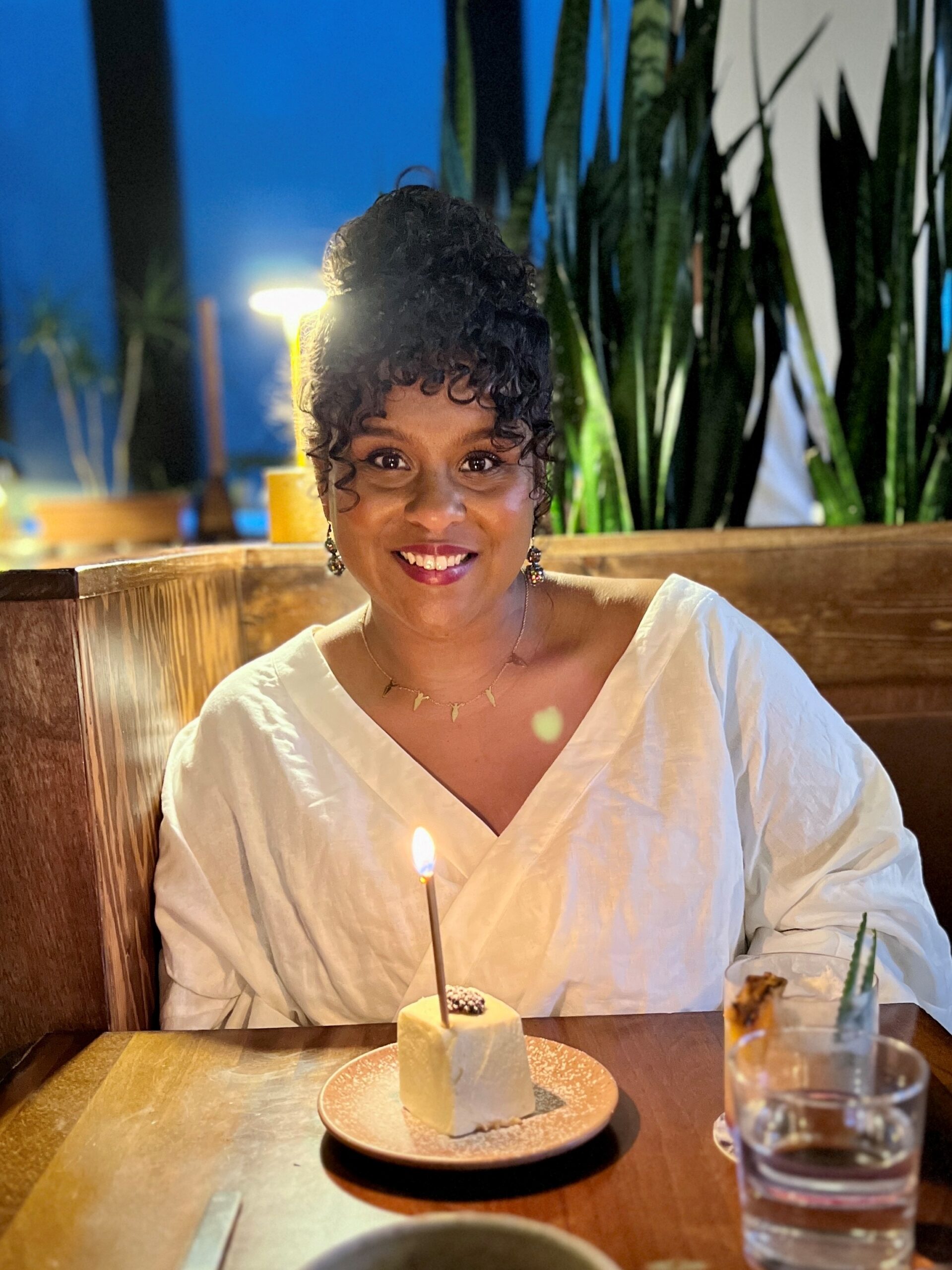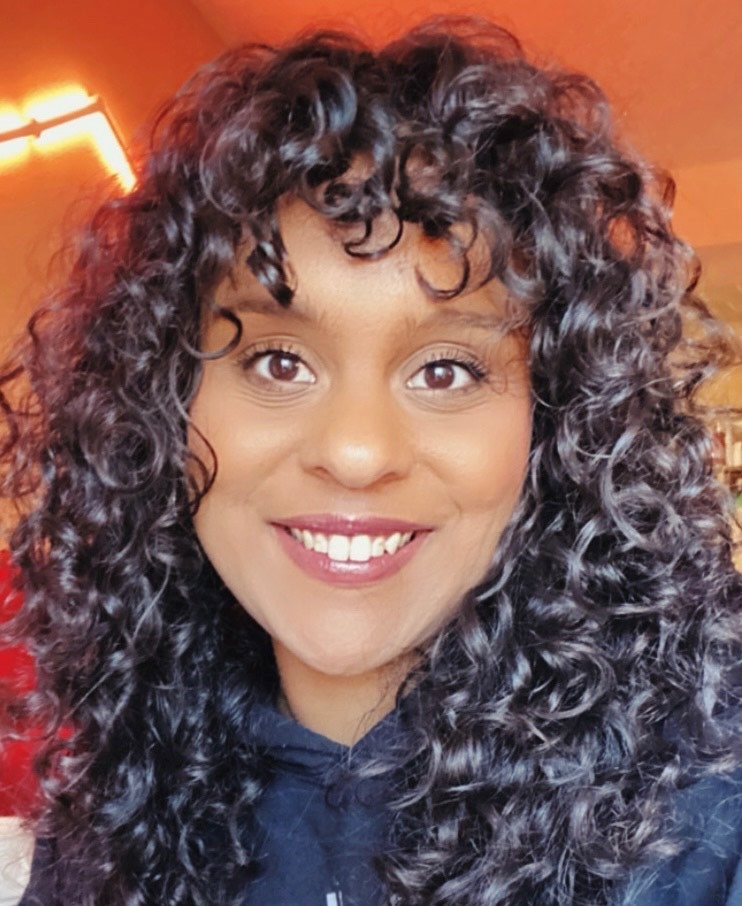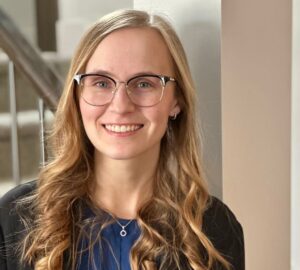A background in linguistics and phonetics led Michelle Soto, of Boise, Idaho, to the NCRA A to Z® Intro to Steno Machine Shorthand program and then to enroll in a court reporting program. “I was driven by my own potential,” says Soto, “and the ways in which I could provide such an integral service to the justice system and anyone who needed a verbatim record. Soon after, I bought myself a machine, and the rest was history.”
JCR | How did you learn about the NCRA A to Z Intro to Steno Machine Shorthand program?
MS | I learned about the A to Z program shortly after Googling “careers related to linguistics.” Perhaps not the most exciting, but here I am now!
JCR | Did you take the class online or in person? Did you have any interactions with the program leader or other students?
MS | I took the class online and synchronously. Fortunately, I was able to ask the program leader (Stacy Drohosky, RMR, CRR, CRI) questions during class, via email, and on the module discussion boards which I found to be beneficial.
JCR | What were your impressions of the program? How did you find the ease of access, videos, lessons, quizzes, etc.?
MS | I thought the program was a fantastic introduction to learning the keyboard layout and building muscle memory. It also helped that the teacher has been a court reporter for over 20 years. The PDF lessons gave me the opportunity to practice between the program sessions and even before school started.
JCR | Can you talk a little about your background? Did you have another career before you started at Hardeman?
MS | My educational background is in cognitive science, linguistics, and specifically in phonetics and language development. Despite my eagerness to find a sense of belonging in my future career, my life at the time did not allow me to pursue speech pathology or forensic linguistics as I had planned. Between then and now I have worked at a bakery, have been a teacher’s aide, babysitter, home health aide, and administrative assistant.
Right before moving to the other side of the country from New York to the Pacific Northwest, I found court reporting through Google searches of any type of work that was tangentially related to phonetics. I read more about it and was puzzled as to why I had never heard of such an interesting field. After realizing it was something I believed I could pursue and find joy in learning about, I began teaching myself the keyboard layout. After completing A to Z and doing as much research as I could about the various schools that could fit with my lifestyle, I decided on the Hardeman School of Court Reporting & Captioning.
JCR | What do you love about stenography?
MS | I love the fact that it’s a learning process that makes your failures known in a way that allows you to analyze and diagnose them. I also enjoy that it’s a skill that is truly yours once you have mastered it. I look forward to the opportunities available to me after school that range from freelancing, where I can directly provide a service to the community I’m in, to opportunities to travel. My ultimate goal is to become a captioner and continue to challenge myself.
JCR | What do you do when you aren’t studying? What are your hobbies?
MS | When I’m not studying, you can find me tending to my plants, hanging out with my partner and my dog, playing video games, creating DIY decor, or cooking while listening to music.
JCR | Cake or pie?
MS | I like the idea of a pie that is also a cake when you cut into it.





